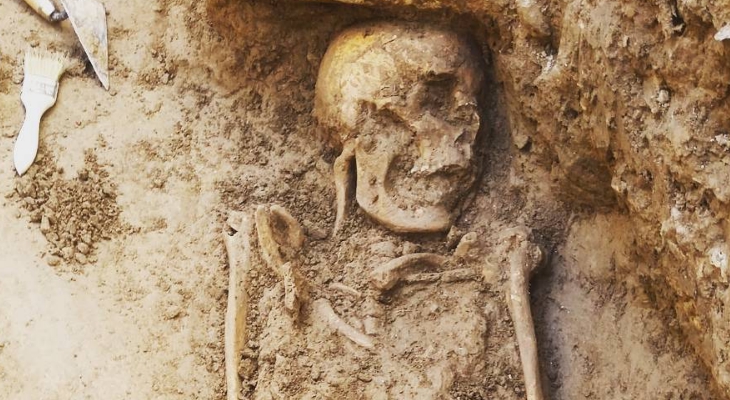Archaeological Park of Iesso

The archaeological park of Guissona occupies a surface of two hectares in the northern part of the Roman city of Iesso. The visit through the archaeological park can be done through some of the town's streets such as Cardo Maximus, which was the town's main street, Cardo Minor and the Intervallum, which ran parallel to the town walls and separated it from the houses. A visit to the archaeological park will help you discover a city currently in the midst of being excavated, with some already uncovered sectors:
- A part of the wall measuring three and a half to four metres thick, made out of large blocks of dry rock, which protected and defined the urban perimeter. The wall conserves the northern gateway to the town, with a flanking tower on its western end.
- The remains of a set of houses built when the Roman town was founded and, especially, a large lordly manor from the Imperial era, a domus organised around a peristyle garden, with two corridors and several rooms such as a triclinium dining room, paved with opus signinum floors, as well as living rooms, where mural paintings have been discovered; several bedrooms and private baths.
- The remains of the public baths which were first built during the Republican era, were expanded considerably in the mid first century CE and occupied a surface of 2,000 square metres, composed of several halls and pools, among which was a large natatio, an outdoor swimming pool measuring ten metres long and six metres wide.
- The remains of a Visigoth cellar built in the middle of the fifth century CE, which conserves the base of a wine press used for grape stomping.